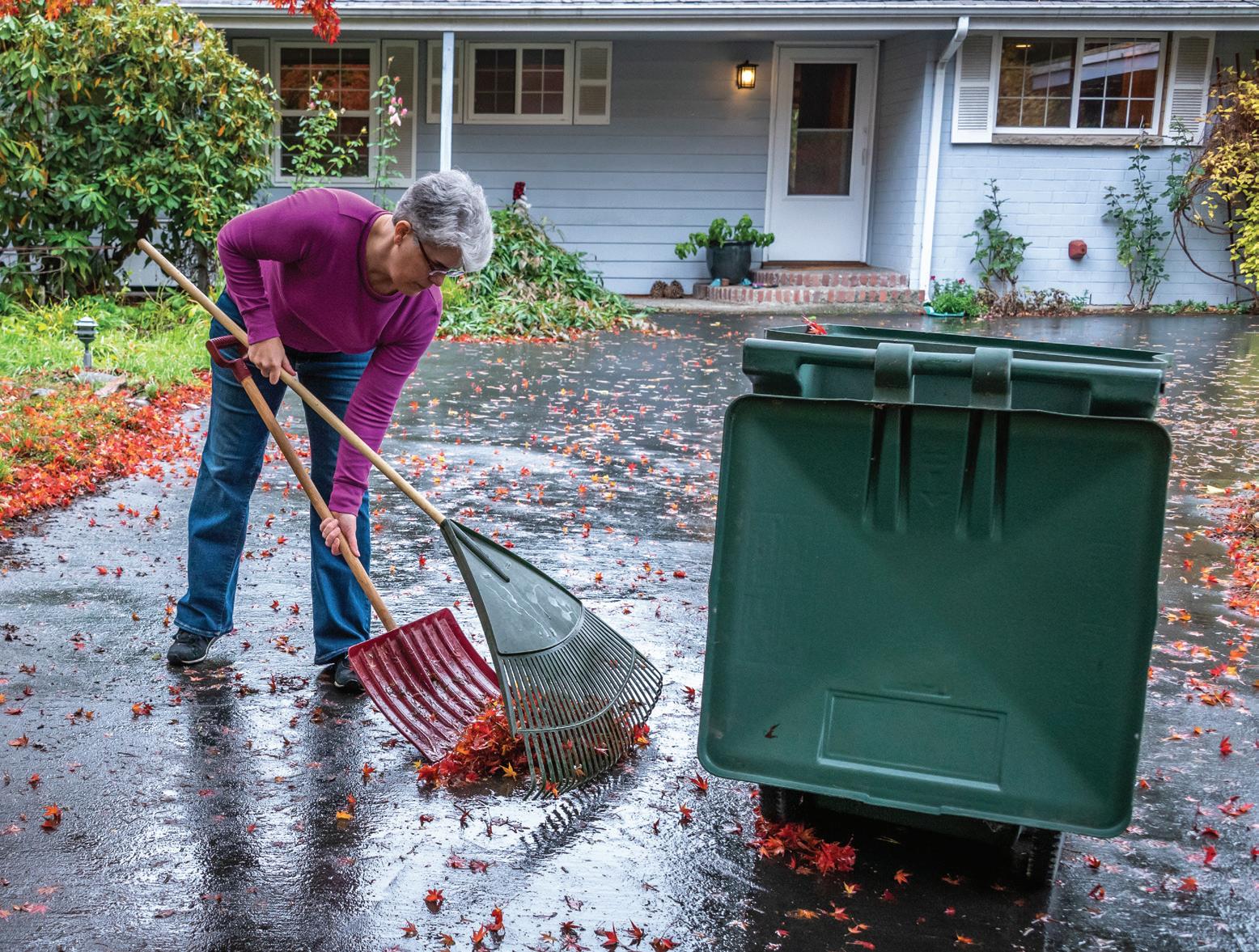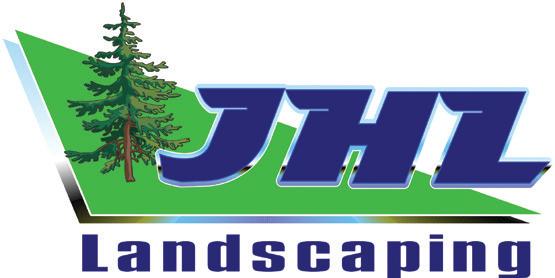
2 minute read
Don’t Leave Fall Cleanup Off Your TO-DO List!
by Expert Contributor TJ Warner of JHL Landscaping
With winter right around the corner, it’s important to do a fall lawn cleanup. When temperatures are still mild and football games and other fun outdoor activities are calling you, it’s tempting to avoid cleaning up outside because it can be time-consuming and tiring. But a fall cleanup helps reduce the work required for a spring cleanup, when you want to prepare and plant your flowerbeds and do other landscaping.
During November and December, most people schedule multiple cleanups because leaves fall at different times. Others choose to wait until the end of December and do one large cleanup after all of the leaves have fallen. Some townships provide curbside collection to remove leaves and lawn debris. If the township you live in doesn’t offer this service, you should consider getting all of that hauled away.

A fall cleanup includes removing from your property (or moving to your mulch pile) all leaves, shrubbery clippings, fallen twigs and tree branches, and other yard debris. If you skip this step, you risk attracting insects and vegetation pests to your lawn and landscaping, and they could end up killing your grass. After cleanup, sun exposure will help your lawn efficiently store nutrients for winter.
Talking about nutrients, consider fertilizing your lawn so it has what it needs for optimal future growth. During winter, grasses turn brown when your lawn goes dormant. Even though you can’t see much or any growth, as winter gradually changes to spring, stored nutrients should be readily available as growth resumes and speeds up due to more sunlight and warmer temperatures.
Once fall cleanup is complete, a final cut of your lawn will help manicure the turf for winter. Fall gutter cleaning should also be completed during the same timeframe as your final fall cleanup, to ensure the gutters will be completely clear of all debris before snowfall.
Winterizing your lawn’s irrigation system before freezing temperatures arrive is extremely important, to ensure that your sprinkler pipes don’t freeze or break during the winter months. All pipes need to be drained and the water supply needs to be turned off. Don’t forget that critical step or you may discover that you have to repair or replace your irrigation system in the spring.

Expert Contributor TJ Warner of JHL Landscaping

610-356-4104
Landscape/Hardscape Construction • Design & Installation Services • Complete Property Maintenance
Visit www.JHLLandscaping.com to view a list of services and a photo gallery of our work.
Office@JHLLandscaping.com










